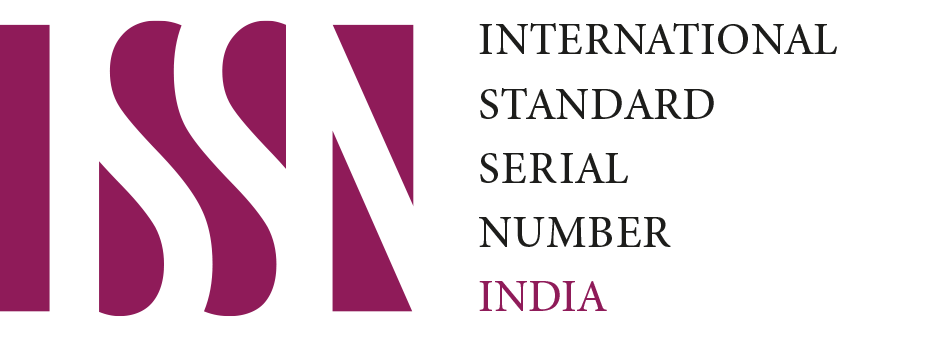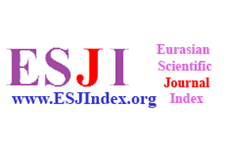ANALYSIS OF NUMBERS IN LINGUISTICS (IN THE EXAMPLE OF ENGLISH AND UZBEK LANGUAGES)
Karimova Iroda Baxtiyor qizi
Karshi State University Teacher of the Department of Practical English Language
##semicolon## number, mathematics, national culture, cultural code, numerology, characteristic and uncharacteristic numbers, semantics of numbers, structural expression of dependencies, Pythagoreans, Gwalior numbers, Arabic numbers, tube numbers, history of numbers;
सार
The purpose of this scientific work is to analyze the similarities and differences between the numerical units of the languages being compared based on a comprehensive study of numerological units in the English and Uzbek languages. To reveal the appearance of numbers in English and the difference in meaning between numbers in English and the structural-semantic and functional features of numbers in English and Uzbek languages.
##submission.citations##
Aczel, Amir D. 2015. Finding Zero: A Mathematicianʼs Odyssey to Uncover the Origins of Numbers. 1st edition. New York: Palgrave Macmillan.
Goines, David Lance. A Constructed Roman Alphabet: A Geometric Analysis of the Greek and Roman Capitals and of the Arabic Numerals. Boston: D.R. Godine, 1982.
Houston, Stephen D. 2012. The Shape of Script: How and Why Writing Systems Change. Santa Fe, NM: School for Advanced Research Press.
Taisbak, Christian M. 1965. "Roman numerals and the abacus." Classica et medievalia 26: 147–60.
Yushkevich A. P., Istoriya matematiki v sredniye veka, M., 1961.
O’zbek tilining izohli lug’ati‖. 1-jild, – T.: ―O‗zbekiston milliy ensiklopediyasi‖ Davlat ilmiy nash. 2007.
Виноградов В.В. Исследования по русской грамматике. М.: Наука,1975. -559 с.
Гак В.Г. Сравнительная типология французского и русского языков.М.: Просвещение, 1989. - 290 с.

















